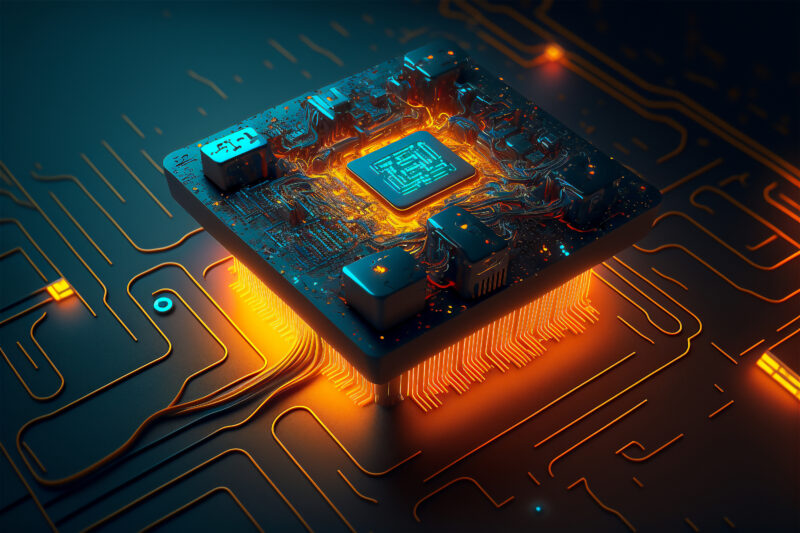The world is abuzz with the ubiquitous presence of microchips, these unassuming yet powerful components that orchestrate the digital symphony of our lives. From the sleek screens of our smartphones to the intricate control systems of our automobiles, microchips are the backbone of modern technology, driving innovation and transforming industries.
However, this insatiable demand for microchips has cast a spotlight on the resource-intensive nature of their production, raising concerns about the sustainability of our current consumption patterns and the potential for a looming resource crunch.
The production of microchips is a delicate dance of advanced technology and a complex web of raw materials. Silicon, the primary ingredient, requires significant amounts of energy and water for mining and processing. Copper, another crucial element, faces similar challenges, particularly in the face of growing demand from other industries like electric vehicles.
The scarcity of rare earth metals, essential for advanced microchip fabrication, further compounds the issue. These metals, found in limited locations around the globe, are often mined under environmentally and socially questionable practices, raising concerns about sustainability and ethical sourcing.
The ongoing war in Ukraine has further exacerbated these resource constraints. As a major producer of rare earth metals, Russia’s involvement in the conflict has disrupted supply chains and inflated prices, making it even more difficult for manufacturers to acquire the materials they need.
The consequences of this microchip shortage extend far beyond the realm of electronics. The automotive industry, heavily reliant on microchips for advanced safety features and engine management, is grappling with production delays and supply disruptions, leading to shortages of new vehicles and impacting consumer purchasing decisions.
The ripple effects also reach into the healthcare sector, where microchips power life-saving medical devices. The shortage has forced hospitals to ration supplies and delay critical procedures, potentially compromising patient care.
The economic fallout from the microchip shortage is also substantial. As companies grapple with production delays and rising material costs, they are forced to pass on these expenses to consumers, driving up prices for everyday goods and putting a strain on household budgets. This inflationary pressure further exacerbates the economic challenges faced by businesses and consumers alike.
In the face of these challenges, it is imperative to adopt a multifaceted approach to address the looming resource crunch.
Firstly, we must invest in research and development to identify new sources of raw materials and develop more efficient extraction and processing methods, reducing our reliance on imports and minimizing environmental impact.
Secondly, we need to enhance recycling rates for microchips, which are currently a mere fraction of their production volume. By making recycling more affordable and accessible, we can extend the lifespan of these valuable resources and reduce the demand for virgin materials.
Thirdly, we must prioritize the development of smaller, more efficient microchips. This would reduce the amount of material needed per chip, conserving resources and minimizing environmental impact.
Finally, we must collectively reconsider our reliance on technology and adopt a more mindful consumption approach. By using our devices more sparingly and choosing products with lower resource footprints, we can collectively reduce the demand for microchips and alleviate the pressure on the global supply chain.
The microchip shortage is a complex and multifaceted challenge, but by taking proactive measures now, we can mitigate its impact and ensure a sustainable future for this essential technology. By investing in innovation, promoting resource efficiency, and adopting mindful consumption habits, we can safeguard the future of microchip production and its role in shaping our technological landscape.










